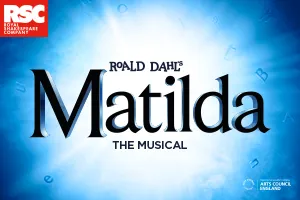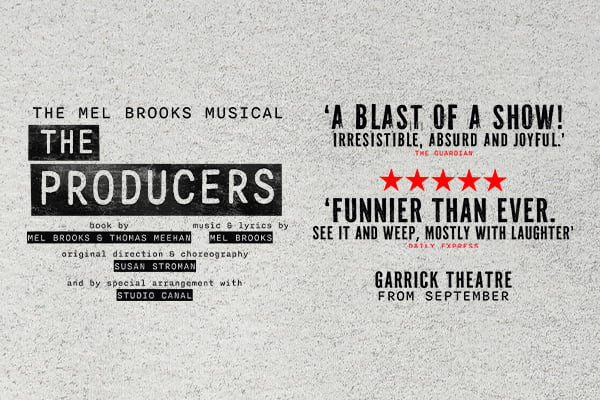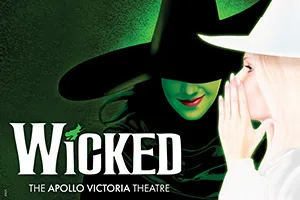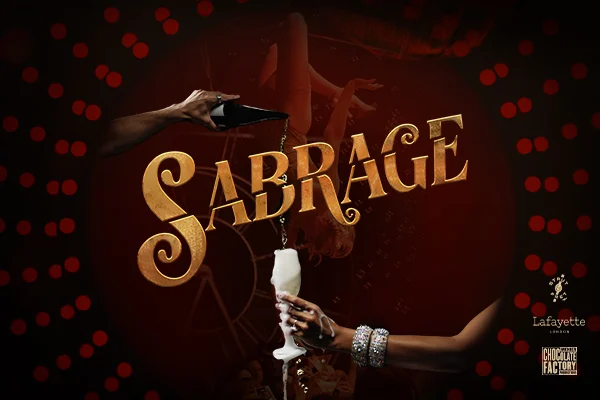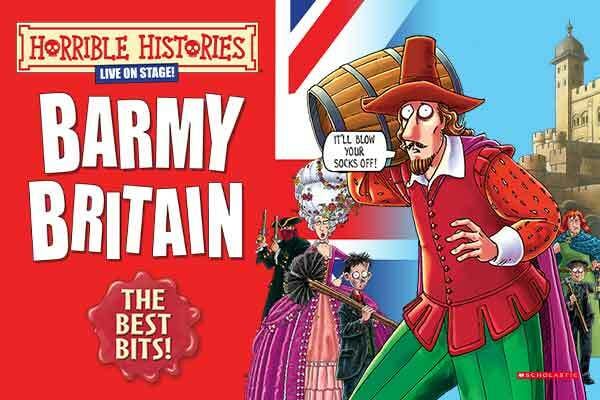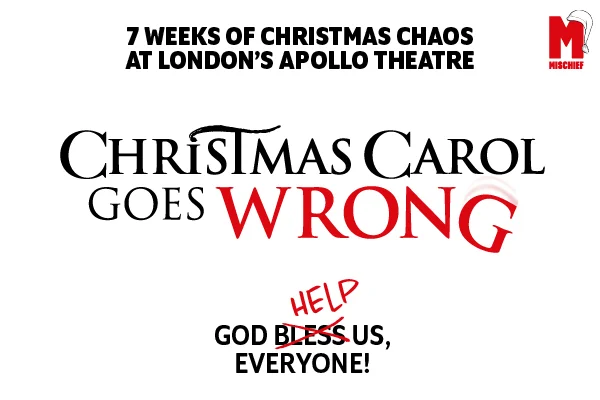When you’re a child, Christmas is all about that one big day. It’s unwrapping the presents that have been taunting you from under the tree. By the time you reach adulthood, the build-up becomes the thing. Much more enjoyable than the reality of a (usually) rainy Bank Holiday Thursday, spent with otherwise unseen family in the too small semi-detached house of your childhood.
With so much time spent on so little purpose, it’s impossible to know what the show is trying to say
There has certainly been a great deal of build-up for the National Theatre’s Christmas show this year. Hex, a new musical based on Sleeping Beauty, finally reaches the Olivier stage, having been postponed, and then finally cancelled, last year after just a handful of previews, by that Ghost of Christmas Past, Covid.
That may not have been a terrible thing. Although it didn’t make it to press night in 2021, informal feedback suggested it was still a bit messy. Perhaps an extra year, a few more workshops and a mainly new cast, would be just what was needed to bring the show up to the standard of 2016’s Peter Pan and 2017’s Pinocchio.
I didn’t see it last year so can’t say if the show is now better. If it is, then I can’t imagine the state it must have been in before. Like that Christmas when your dreams of the Xbox are cruelly shattered by the unwrapping of a jumper, our hopes have been dashed by reality.
Off the mark
Though he since directed Small Island earlier this year, Hex was the first show for which the National Theatre’s Artistic Director Rufus Norris performed the non-administrative part of his role for three years. That was for the underwhelming Macbeth, so is best forgotten.
Hex certainly seems to be his love child. He has been there from the outset. Alongside Katrina Lindsay – who designed the sumptuous set and extravagant costumes we now see – he came up with the original concept “some years ago.”
Created with such obvious love and perseverance – and given the extra year it could be refined post initial audience reaction – why is Hex still so far off the mark? Why does it not hit the spot as either a children’s show or just as a new musical?
For a start, there are the songs. As well as being enjoyable, clear and, ideally ‘hummable,’ with most of the show being sung, the songs need to aide plot development.
The songs here are sometimes enjoyable. In parts. Like the first scraps of an idea a musician may jot down in a pub. Not really started; never finished.
Many songs just repeat the same line over and over. Show-setter The One takes its title literally and seems to contain no lyrics other than the word ‘one’ which is endlessly screeched and wailed.
Rhymes – such as the potential future classic, “I’ll build a trampoline, When I’m sixteen” – may have been generated by AI.
Norris is also named as the lyricist. To put it another way: He wrote the words to each song, With choruses too long, Refrains that sound wrong, And you can’t sing along, Or play at ping-pong.
Piling on
Then, there's the story. More a collection of scenes with different origins that have been thrown together in the hope they kinda gel.
The traditional Sleeping Beauty is its starting point. A bad fairy hexes a baby princess. Princess is condemned by a prick to a lifelong sleep. Prince saves Princess with love’s kiss. That’s all wrapped up in the 100 years that pass during Act One.
At first it seems this is the real story of the supposedly bad fairy. Played for laughs by professional singer and folklorist Lisa Lambe, her singing style may be questionable – head hanging back and eyes closed as though performing a gig – but her fairy isn’t really bad.
Here she is... well I’m not sure what she is. Or why she is dressed like a street urchin. Or has an Irish accent. Or employs a horribly grating screech each time she performs (or pretends to perform) a magic blessing.
This ‘Low Fairy’ is outcast by the other ‘High Fairies’ for being wingless and consequently (?) being too literal with her spells. It’s implied the real reason is because she is a working-class, slightly stupid fairy. I never knew fairies were intellectual snobs with a class divide, but there you go.
But the focus veers away from the fairy as other elements keep piling on.
Fragments of stories
The story also takes inspiration from the French tale, La belle au bois dormant. So, Fairy befriends a pregnant ogress: Queenie (camply overplayed by Victoria Hamilton-Barritt). They co-rear her son. Unaware of his mother’s ogreness, the son becomes the prince who kisses Beauty. Prince and Princess immediately have babies (they’re 16, but meh).
Princess meets Prince’s mother. Prince’s mother eats the babies. Followed by the heart of the Princess. (At least she thinks she does.)
The scene where Queenie believes the children are being killed and cooked for her, and then eats each of them in turn, is a questionable choice for a Christmas show. And the scene goes on and on and on, becoming as tediously repetitive for the grown-ups as it may be nightmare-inducing for the children.
We’re given fragments of stories like this that never really conclude. Each one takes too long to tell and then gets dropped before the same is done with another fragment seemingly from another story.
Pantomime fillers
Whole chunks of time are devoted to scenes that resemble pantomime fillers. Like when the Strictly stars do a five-minute tango at Worthing Pavilion’s Jack and the Beanstalk. It’s not to develop plot, but to give the crew time to change the set, or for Biggins to change his frock.
For no such reason here, ten minutes is spent on the thorns thwarting the other princes from waking Beauty. At first the song – Good Morning led well in a mockney-style comic turn by Mark Oxtoby – is fun and catchy. As it labours through Good Afternoon then Good Evening, there is an overwhelming sense of relief when it finally reaches Good Night.
Much of the second act is given to an unnecessary subplot around the thwarted princes (they come back to life when the princess wakes). The identically dressed group get wheeled out many times. Each scene and / or song centres around how pathetic they are. Generally this is demonstrated by their imperfect bodies, their effeminate mannerisms, and a general lack of masculinity.
It should be said that the same supporting cast play the thorns and princes as well as servants, palace staff and animals. Rarely offstage and with many song and dance numbers to perform, they are deserving of much praise.
But surely the National Theatre can look to better influences than Joe Pasquale?
Well-meant but forgettable
With so much time spent on so little purpose, it’s impossible to know what the show is trying to say. Instead of clear through line or focus, there is an attempt to pull it all together in the finale song, On the Inside. The well-worn message of “just being yourself” may have been an afterthought. It’s generic enough to work at the end of any musical. And adds little.
Done well, a Christmas show at the National Theatre can be magical, exciting and enthral both children and adults. I really wanted to like Hex. I was predisposed to liking it. But it’s just like those Christmas Days of childhood. The anticipation cruelly vanquished by just another well-meant, but ill-fitting and forgettable Christmas jumper.







